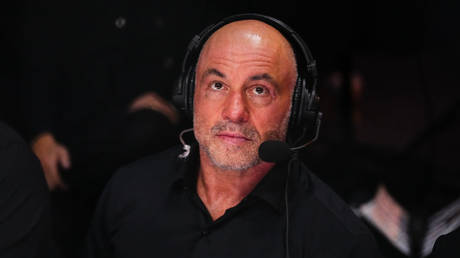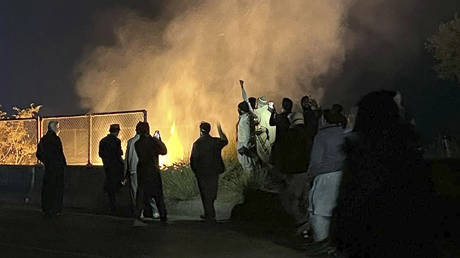For the first time since Sept. 11, the Green Bay Packers are back in the win column. Matt LaFleur’s team led 10-0 at half, held leads of 17-7 and 24-10 in the second half and eventually outlasted the Cincinnati Bengals in a 27-18 victory on Sunday at Lambeau Field.
The Packers (3-1-1) got an important win coming out of the bye and will now prepare for a two-game road trip that starts next Sunday.
Here’s what went right, what went wrong and what it means for the Packers moving forward:
What went right
— Jordan Love threw an early interception but was otherwise excellent, completing 18 of 23 passes for 238 yards and a score over the Packers’ next seven possessions, of which five ended in scores. He hit Matthew Golden three times for completions of at least 20 yards, had completions of at least 20 yards to four different players and used his legs to avoid pressure and move the sticks in big spots.
— The special teams were…fine? Lucas Havrisik connected on all five of his kicks, including a crucial late field goal, and returners Savion Williams and Bo Melton averaged 33.0 yards per kickoff. More importantly, there wasn’t a big mistake.
— The Packers responded consistently in the second half. After the Bengals cut the lead to 10-7, the Packers quickly produced a stress-free touchdown drive to restore a 10-poinit lead and then extended the lead to 24-10 with another impressive march after the Bengals got a field goal. Late in the fourth, Love’s big play to Golden kept the ball out of Cincinnati’s hands and helped extend the lead to nine points after the Bengals got to within 24-18.
— Matthew Golden is coming alive. The rookie had a 20-yard catch and run setting up a field goal, a 35-yard catch converting 3rd-and-10 on a touchdown drive and a 31-yard catch converting 3rd-and-9 and setting up the game-sealing field goal. He also caught a swing pass for eight yards (ruled a run) and finished with 102 total yards.
— The run game is showing signs of life. Josh Jacobs rushed for a season high 93 yards and averaged a season high 5.2 yards per attempt, and his 22 touches gained 150 yards and produced two scores. Jacobs is averaging over 100 total yards per game through five games, and he’s really developed into a weapon in the passing game. The Packers running back has a catch of at least 25 yards in three straight games.
— Despite not having Devonte Wyatt, the Packers held the Bengals to just 55 rushing yards on 16 attempts. Green Bay has allowed fewer than 100 rushing yards in four of five games this season, including three allowing 55 or fewer.
— The offensive line started its five preferred players and appeared to get through the contest without another injury. Protection wasn’t perfect early, but the line eventually settled in. This group needs to stay healthy and keep building continuity up front.
— By yards per play, the Packers won decisively, averaging 6.8 yards per play compared to just 4.3 for the Bengals, including a big advantage passing the pass (9.5 yards per attempt compared to 4.6). Down to down, the Packers were very good.
What went wrong
— The Packers dominated the first half but led only 10-0, mostly due to wasted opportunities on offense, and the game tightened in the second half as the Bengals offense came alive. LaFleur’s team has to do a better job of taking advantage when in control of a football game. Jordan Love threw an interception in the red zone, and the Packers had a drive stall at Cincinnati’s 42-yard line.
— The Packers defense pitched a shutout and allowed only 65 yards in the first half, but the Bengals engineered a 17-play touchdown drive to open the second half and scored on three straight possessions. Joe Flacco threw a pair of touchdown passes on fourth down to keep the Bengals alive. Second half defense is becomng a problem for Jeff Hafley’s group.
— For the third time in five games, the Packers defense failed to get a turnover.
— The defensive wasn’t super disruptive overall. Lukas Van Ness produced the defense’s only sack, and the Packers were credited with only four other tackles for loss, five quarterback hits and three pass breakups. Jeff Hafley’s defense has been great at limiting explosive plays, but death by a thousand paper cuts is working for opponents because there haven’t been enough negative plays created.
What it means
The Packers avoided another late-game collapse and won a football game for the first time in over a month. It wasn’t pretty for long stretches, but almost every win in pro football is hard fought, and this one proved no different. On one hand, the Packers controlled the game — really from start to finish — and won by two scores against a desperate team. On the other hand, the Packers were a failed third down conversion away from giving the ball back to a struggling Bengals team with a chance to steal the game late. Matt LaFleur’s team didn’t finish opportunities in the first half and kept the Bengals in the game, and then had to fight to seal the deal late. The Packers show flashes of being a great team every single week, but this team isn’t a finished product — and no great team ever is in October. The goal is to keep improving and building towards something bigger. The Packers need to get better, but they have just one loss entering Week 7 and 12 more games to keep improving.
What’s next
After playing their only home game in October, the Packers are back on the road for two games to end the month, starting Sunday in Arizona. The Cardinals began the season 2-0 but have lost four straight games, including a 31-27 defeat to the Colts on Sunday. Injuries are weighing heavily on Jonathan Gannon’s team. Quarterback Kyler Murray (foot) didn’t play Sunday, receiver Marvin Harrison Jr. departed with a concussion, and running back James Conner is among a long list of players on IR.
This article originally appeared on Packers Wire: Breaking down Packers’ Week 6 win over Bengals: What went right, wrong





